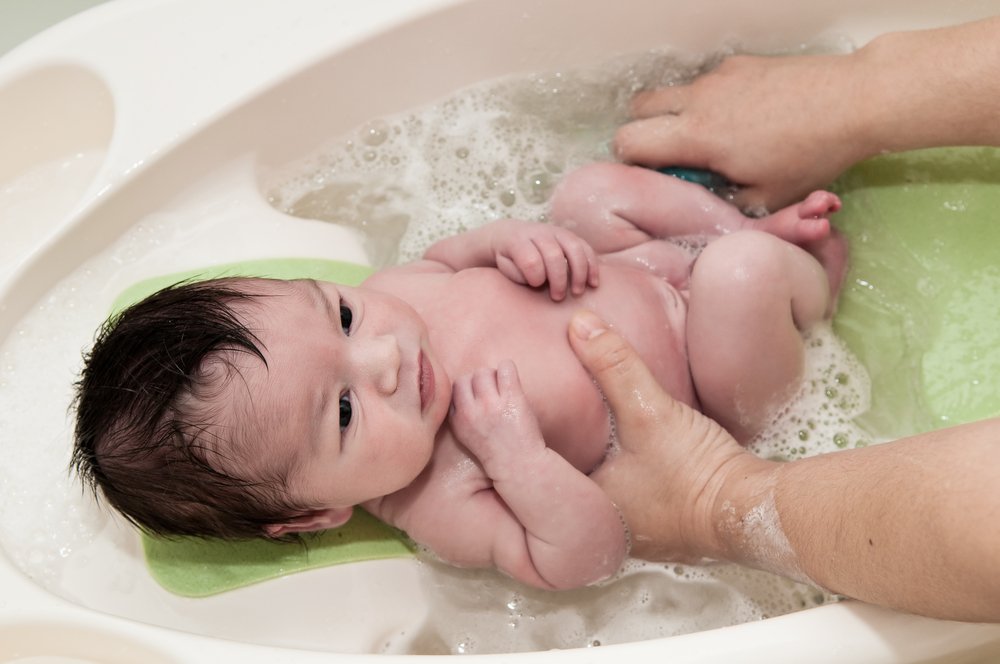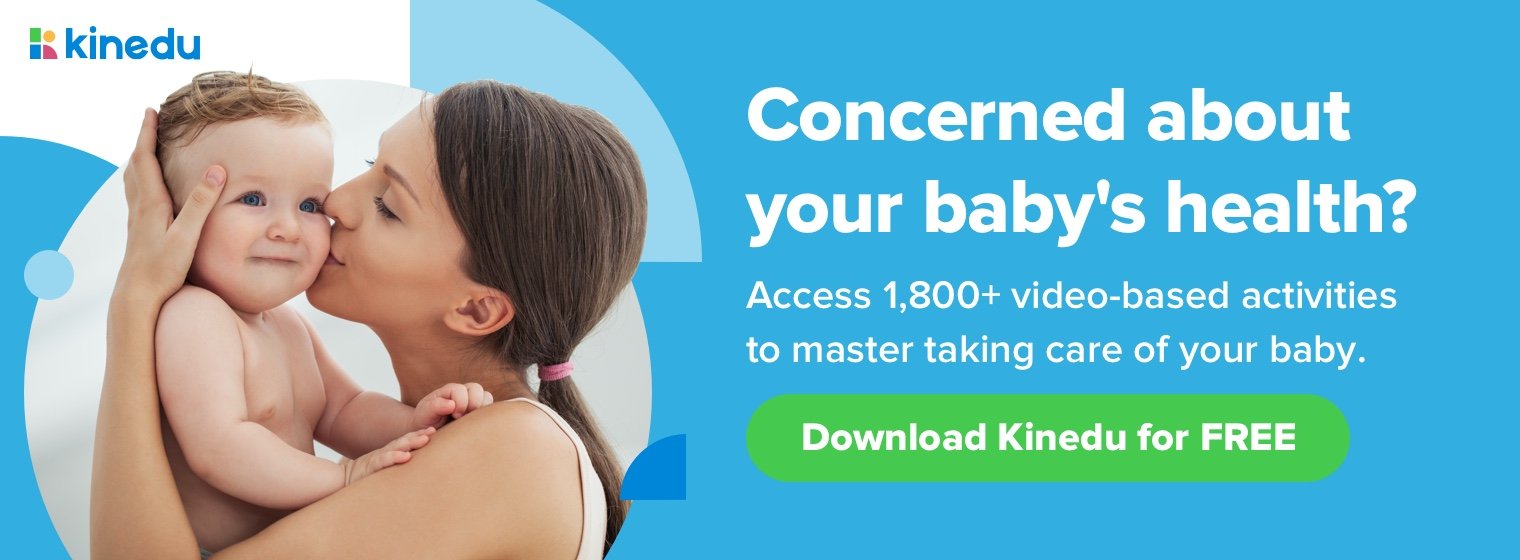Key Points:
- The article emphasizes the importance of bathtime as a relaxing and soothing transition from daytime to bedtime, and suggests setting a regular time for it each day.
- It offers tips for choosing a safe and comfortable location for bathing a baby.
- The article provides a step-by-step guide for bathing a baby, emphasizing the importance of being gentle and avoiding soap when not necessary.
- It reminds parents to never leave their baby unattended during bath time and to follow instructions from their doctor, especially if the baby has recently been circumcised.
Bathtime is a great way to transition from day to night. Doing it at the same time each day will help teach your baby that bedtime will soon come. Likewise, bathtime should be a quiet and relaxing time that slows the pace from the day’s activity and prepares your child for sleep. Below are some tips and steps you can take to successfully bathe your little one:
• Choose where you will bathe your baby. It can be in the kitchen sink, the bathroom sink, or in a portable bath tub placed on a flat and safe surface. It’s best to choose a place that allows you to be in a comfortable position and at the height of your little one, this way you can provide greater security. If you choose the sink, be sure it’s large enough so your baby doesn’t get hurt. Similarly, be sure it’s very clean to avoid contaminating or irritating your child’s skin.
• Pour 5 centimeters of water in the portable tub or sink at a warm and pleasant temperature. Use your elbow to check the temperature and modify accordingly. If the water is too hot it can burn your baby’s skin; be careful that it does not exceed 40 degrees Celsius (100 F).
• Meanwhile, prepare the things you’ll need and place them near you:
- Unscented baby soap
- Pitcher or cup to pour water
- Delicate cloth
- Hooded towel
- New diaper and clean clothes.
• Undress your baby and, if necessary, clean his bottom to avoid contaminating the water.
• Place your child in the water slowly, starting with his feet. While you do this, talk to him lovingly. The sudden change of environment can scare or surprise him and your tranquility will help soothe him.
• Remember to provide a steady hold when placing him in the tub, your baby can wince a little when he touches the water. Use one hand to support his neck and head and the other to put the body into the water.
• Make sure that most of his body is out of the water. To avoid getting him cold use the pitcher or cup to constantly wet your baby.
• Take the delicate cloth and begin to clean his face. It might not be necessary to use soap on a daily basis, just make sure his face is clean and free of milk residue.
• Continue by softly massaging his skull making sure to avoid getting water into his ears. When rinsing, place your hand on his forehead to prevent water or soap from entering his eyes, nose and mouth.
• Now, clean the rest of his body. Start with the front of his body and then lift him slightly and continue with his back and buttocks. Remember that if you bathe him daily it might not be necessary to use soap every day.
• When you reach your baby’s genital area, clean thoroughly without soap. If your baby is a girl, clean between folds and rinse the vulva very well. If your baby is a boy, clean the penis and scrotum, but avoid moving the foreskin (skin at the tip of the penis) backwards. Remember not to soak your baby if he was circumcised and has not completely healed yet. If this is your case, make sure to follow the instructions your doctor gave you.
• When done, carefully remove your baby from the water, and wrap his body with a soft towel. Then, take your little one to a comfortable surface, pat him dry, and put on a new diaper and clean clothes on your baby.
Remember: never leave your baby unattended, not even for a second; accidents can happen in a blink of an eye!








